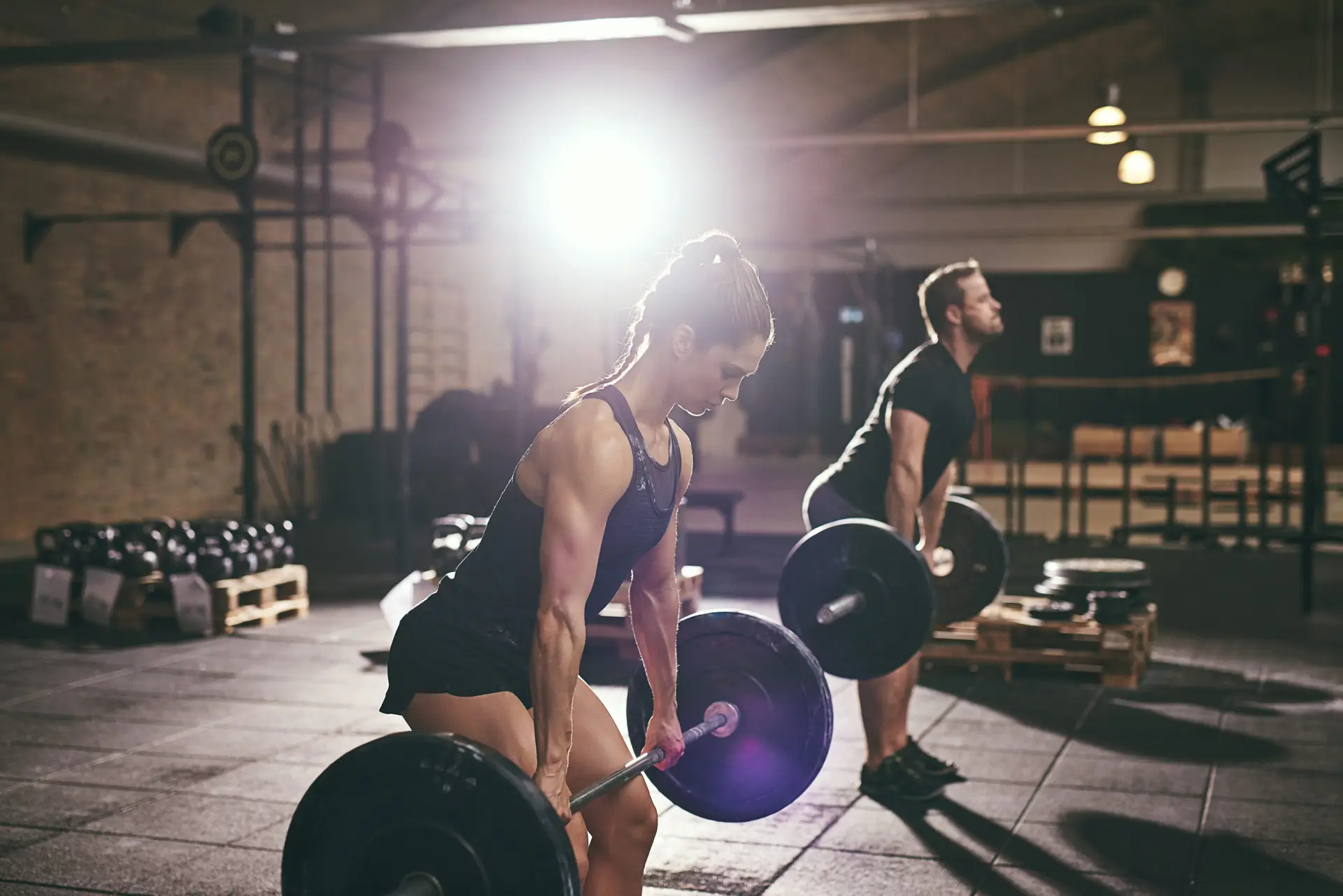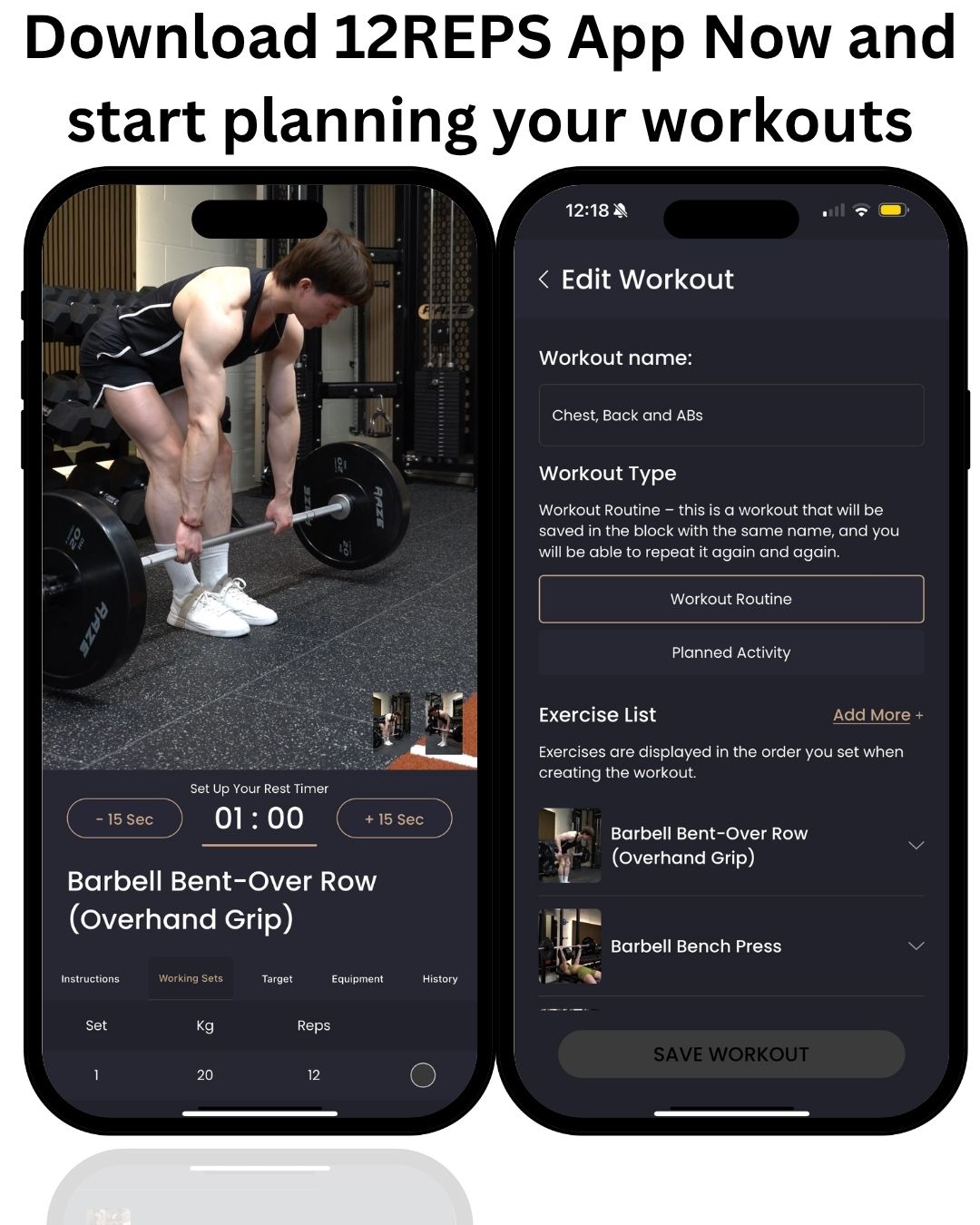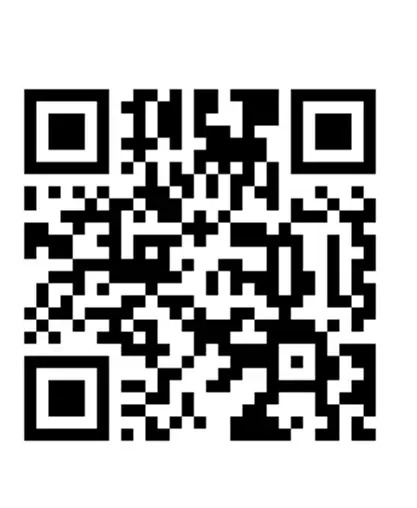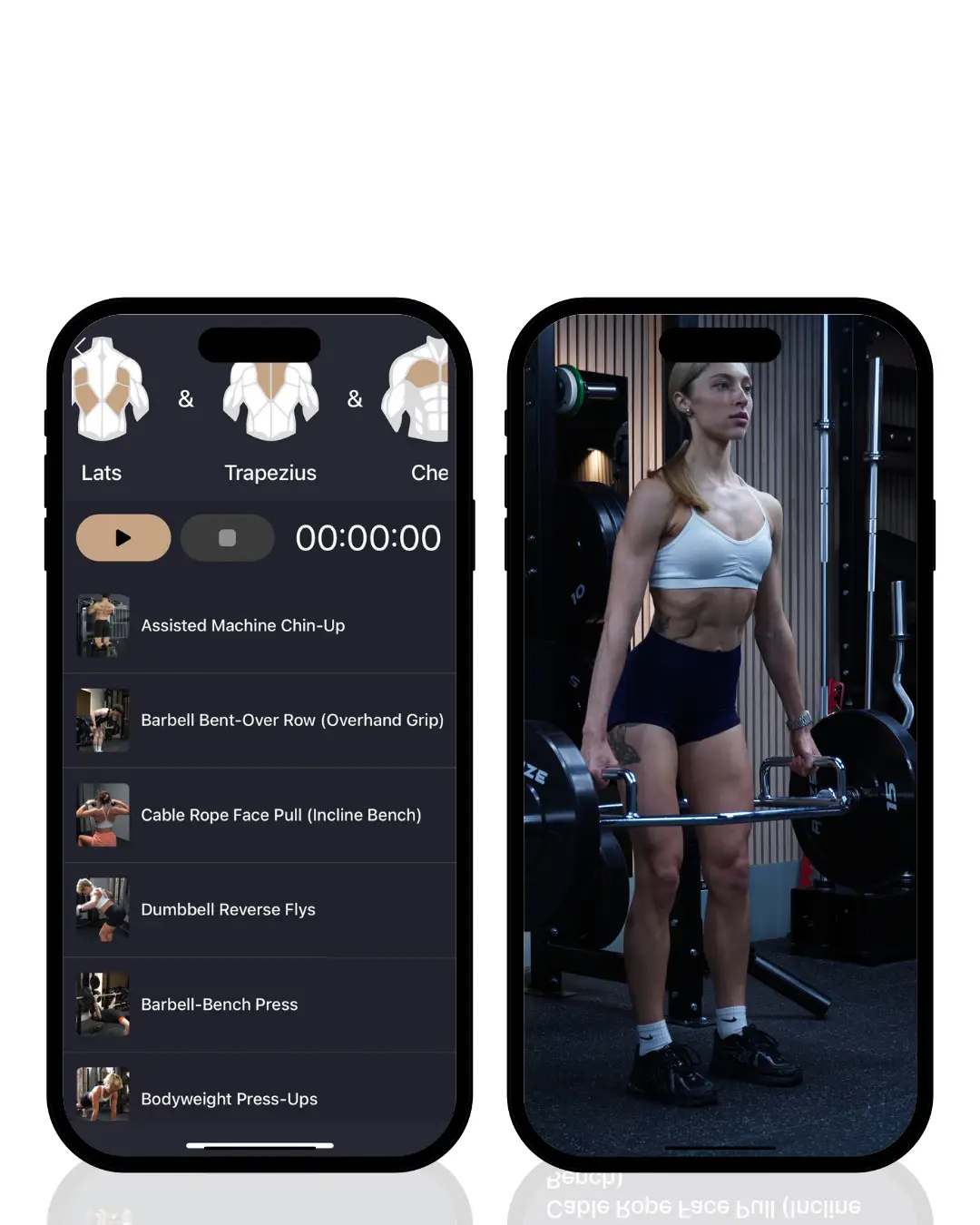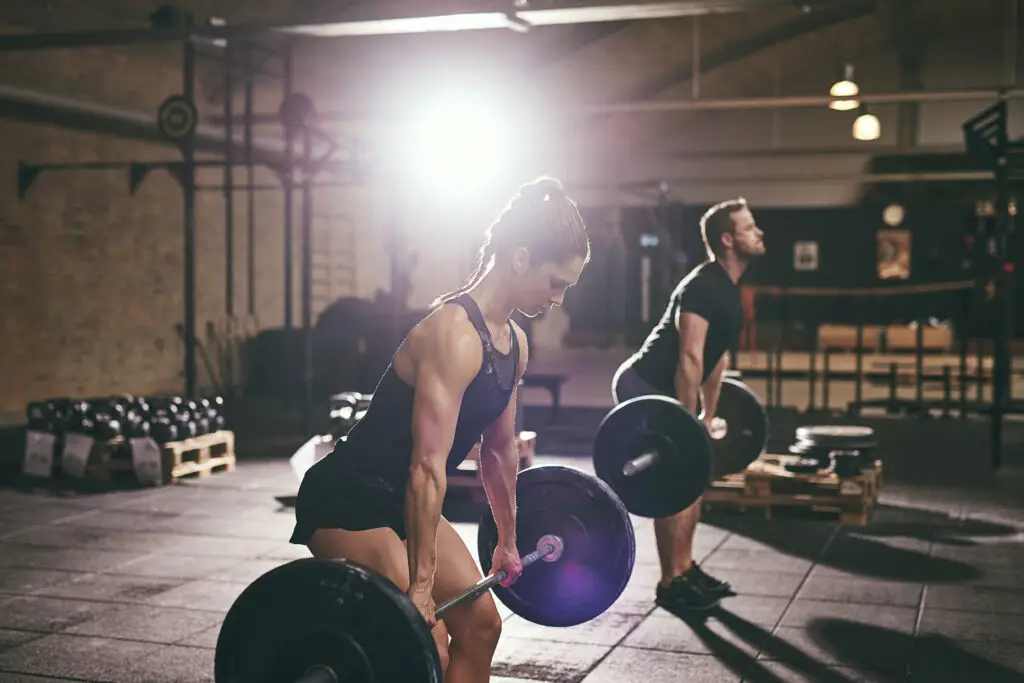Written by Will Duru, BSc (Hons) Sport and Exercise Science, Level 3 Personal Trainer.
As a personal trainer, I’ve seen a wide range of clients walk through my door. But there’s a special place in my heart (and my training plan) for the complete beginner. You know, the person who’s never really lifted weights before, whose daily ‘workout’ involves navigating the London Underground, and whose posture has been shaped by years of sitting at a desk.
When these new clients start, two significant issues often arise: posture and the mind-muscle connection. They might struggle even to find a ‘natural’ spine position because their body has adapted to sitting for so long. And when I talk about ‘feeling’ their chest working on a bench press, they often look at me blankly. It’s like asking them to speak a new language.
But here’s the exciting part: these aren’t roadblocks; they’re starting points. My job, backed by science and years of seeing real people transform, is to guide you through these initial hurdles. We’ll break down why good posture is so important, how to find it, and how that mysterious ‘mind-muscle connection’ isn’t some mystical power, but a skill you learn and develop. And once you do, trust me, your muscle growth will take off.
In this article, I’ll share my insights on training beginners, focusing on these key areas. We’ll use simple language, but always with a scientific foundation, to show you how even if you’re starting from zero, you can build a strong, capable body and truly connect with your muscles for amazing results.
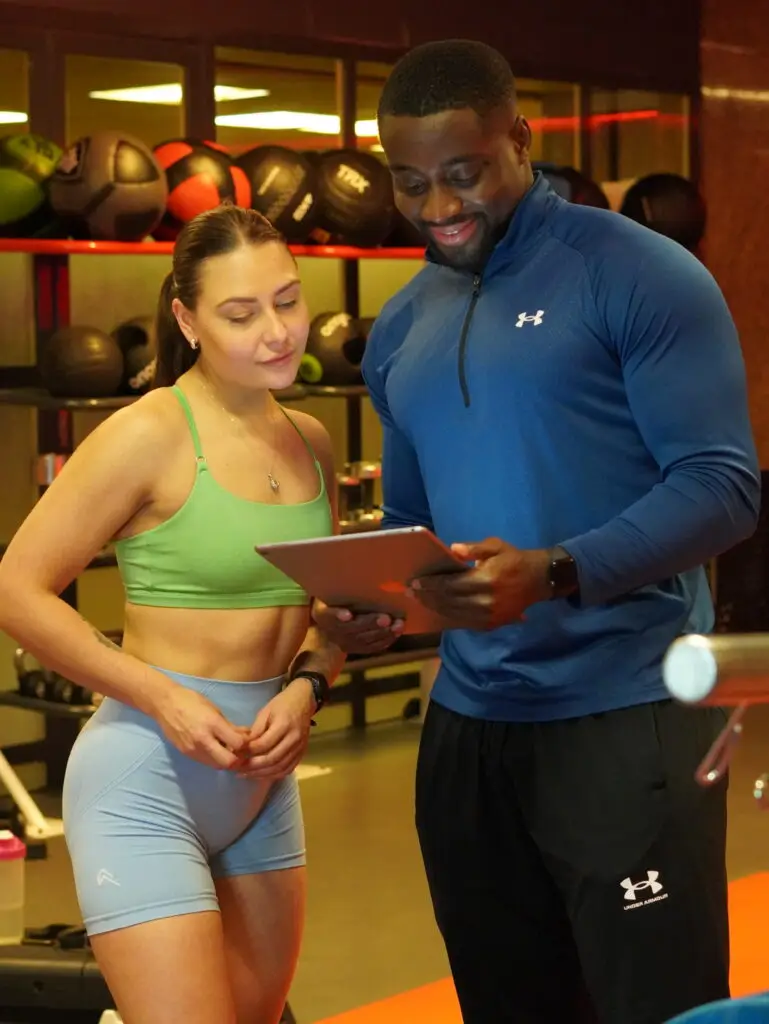
Understanding Your Body: Posture and Movement for Beginners
When you first start strength training, your body might feel like a stranger. Years of sitting at desks, driving, or just daily habits can lead to what we call postural adaptations. This means your muscles and joints have gotten used to certain positions, and it can be hard to find what a ‘neutral’ or ‘natural’ spine position feels like. As a Sport and Exercise Science professional, I can tell you this is completely normal, but it’s the first thing we need to address.
Why Posture Matters in the Gym
Good posture isn’t just about looking confident; it’s crucial for safe and effective lifting. When your spine is in a neutral position, it means your natural curves are maintained. This allows your muscles to work efficiently and protects your joints from unnecessary stress. Think of it like building a house on a strong foundation. If your foundation (your posture) is off, everything else will be unstable.
For example, if you have a rounded upper back from sitting, trying to do an overhead press can put a lot of strain on your shoulders and lower back. If your hips are tight from sitting, squatting deeply can be a challenge, and your body might compensate in ways that lead to injury.
Finding Your Natural Spine Position
This is often the first lesson I teach new clients. It’s about becoming aware of your body in space. Here’s a simple exercise:
- Stand Tall: Stand with your feet hip-width apart. Try to feel your weight evenly distributed through your feet.
- Gentle Pelvic Tilt: Gently rock your pelvis forward and backward a few times. You’ll feel your lower back arch and then flatten. Find the middle ground where your lower back has a slight, natural curve – not too arched, not too flat.
- Shoulder Roll: Roll your shoulders up, back, and down. Let them relax. Your chest should feel open, and your shoulder blades should be gently pulled down and back.
- Head Position: Imagine a string pulling the crown of your head towards the ceiling. Your chin should be slightly tucked, and your ears should be roughly in line with your shoulders.
Practice this often. Stand against a wall to feel how your head, upper back, and glutes touch it. This awareness is the first step to correcting years of desk-bound habits and building a strong, stable base for your lifts.
The Science Bit: Proprioception
This ability to know where your body is in space, even without looking, is called proprioception. It’s your body’s internal GPS system. When you’ve been sitting for years, this system can get a bit rusty. Strength training, especially with a focus on good form, helps to re-awaken and improve your proprioception. This is why a good personal trainer spends so much time on basic movements and body awareness with beginners. We’re literally helping your brain reconnect with your body.
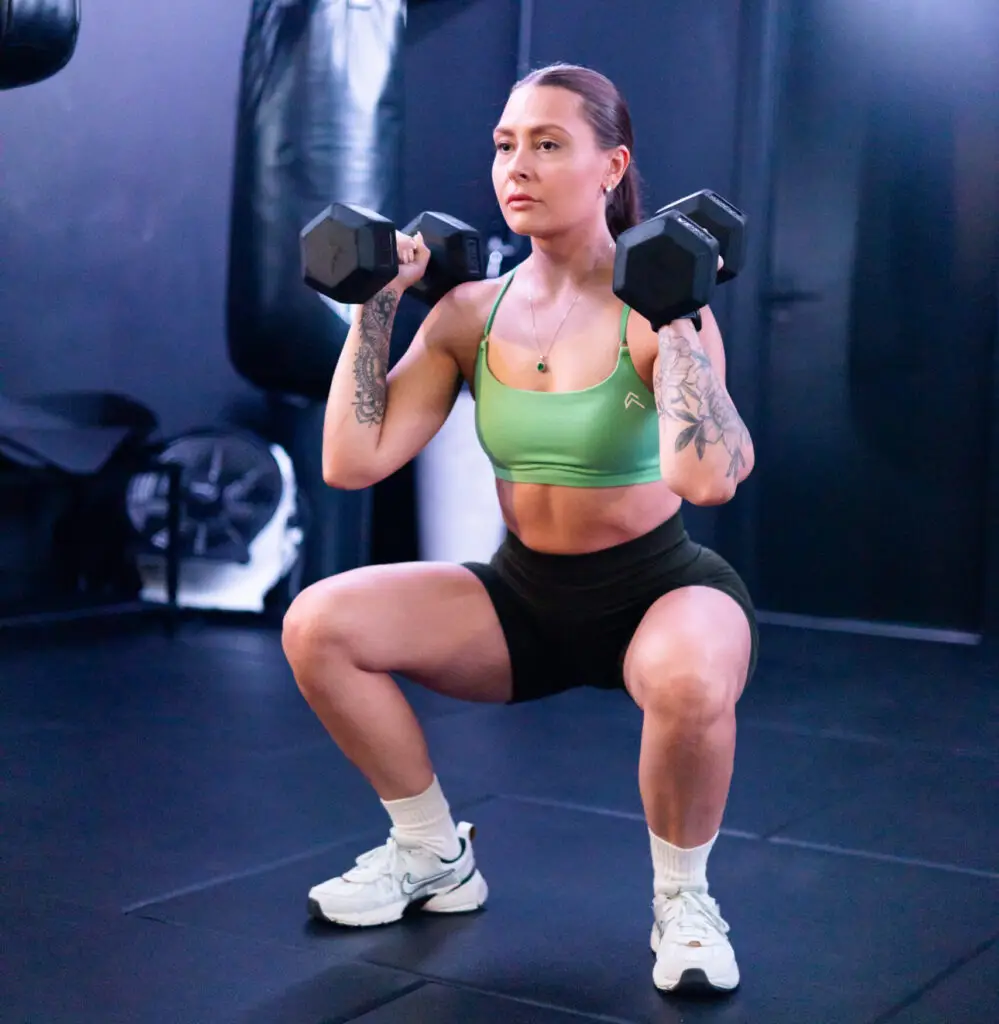
Practical Steps to Build Your Connection and Master Basic Movements
Now that we understand why posture and the mind-muscle connection are so important, let’s talk about how we actually build these skills, especially when you’re just starting out. As your personal trainer, my job is to give you clear, actionable steps that you can use in every workout.
1. Start with the Basics: Bodyweight and Light Weights
Forget trying to lift heavy straight away. For beginners, the focus is on learning the movement patterns and feeling the right muscles work. We often start with bodyweight exercises or very light dumbbells. This allows you to:
- Focus on Form: Without heavy weight, you can concentrate on getting your body into the correct positions and moving smoothly.
- Reduce Injury Risk: Less weight means less stress on your joints and muscles while you’re learning.
- Build Awareness: It’s easier to feel the target muscle when you’re not struggling with a heavy load.
2. Embrace Slow and Controlled Movements
This is a golden rule for building the mind-muscle connection. Don’t rush your reps. I often tell my clients to think about a 2-second lift, a 1-second squeeze, and a 2-second lower. This tempo forces you to be deliberate and feel the muscle working through its full range of motion.
- Example: Bicep Curl: Instead of just yanking the dumbbell up, slowly curl it, feeling your bicep contract. At the top, give it a conscious squeeze. Then, slowly lower the weight, resisting gravity, and feeling your bicep lengthen.
3. The Power of the Squeeze and Hold
At the point of peak contraction (when the muscle is shortest), actively squeeze the target muscle for 1-2 seconds. This intensifies the feeling and helps your brain register the contraction.
- Example: Glute Bridge: As you lift your hips, squeeze your glutes as hard as you can at the top, holding for a count of two. You should feel a strong burn in your glutes, not your lower back or hamstrings.
4. Use Touch and Visualisation
These are simple but powerful techniques:
- Touch: If you’re struggling to feel a muscle, try placing your hand on it during the exercise. For example, put your hand on your pec during a push-up or your quad during a leg extension. This physical feedback can help your brain connect.
- Visualization: Before you even start a set, close your eyes and imagine the muscle you’re about to work. See it contracting, shortening, and lengthening. This mental rehearsal primes your nervous system.
5. Applying MMC to Key Beginner Exercises
Let’s look at a few common exercises and how to apply these principles:
- Squat (Bodyweight or Goblet Squat): Focus on pushing your knees out and sitting back as if into a chair. As you stand up, think about driving through your heels and squeezing your glutes at the top. Feel your quads and glutes working.
- Push-Up (on knees or incline): As you lower, feel your chest muscles stretching. As you push up, think about squeezing your chest together, almost like you’re trying to bring your elbows towards each other. Avoid shrugging your shoulders.
- Dumbbell Row: As you pull the dumbbell up, imagine pulling with your elbow, not your hand. Focus on squeezing your shoulder blade towards your spine. Feel your back muscles (lats) contracting.
- Plank: Instead of just holding, actively pull your belly button towards your spine and squeeze your glutes. Feel your entire core (abs, lower back, glutes) engaged and stable.
Remember, this takes practice. You won’t master it overnight. But by consistently applying these techniques, you’ll start to feel a much stronger connection with your muscles, making your workouts far more effective for muscle growth and overall strength. It’s a journey, and every rep is a chance to get better at it.
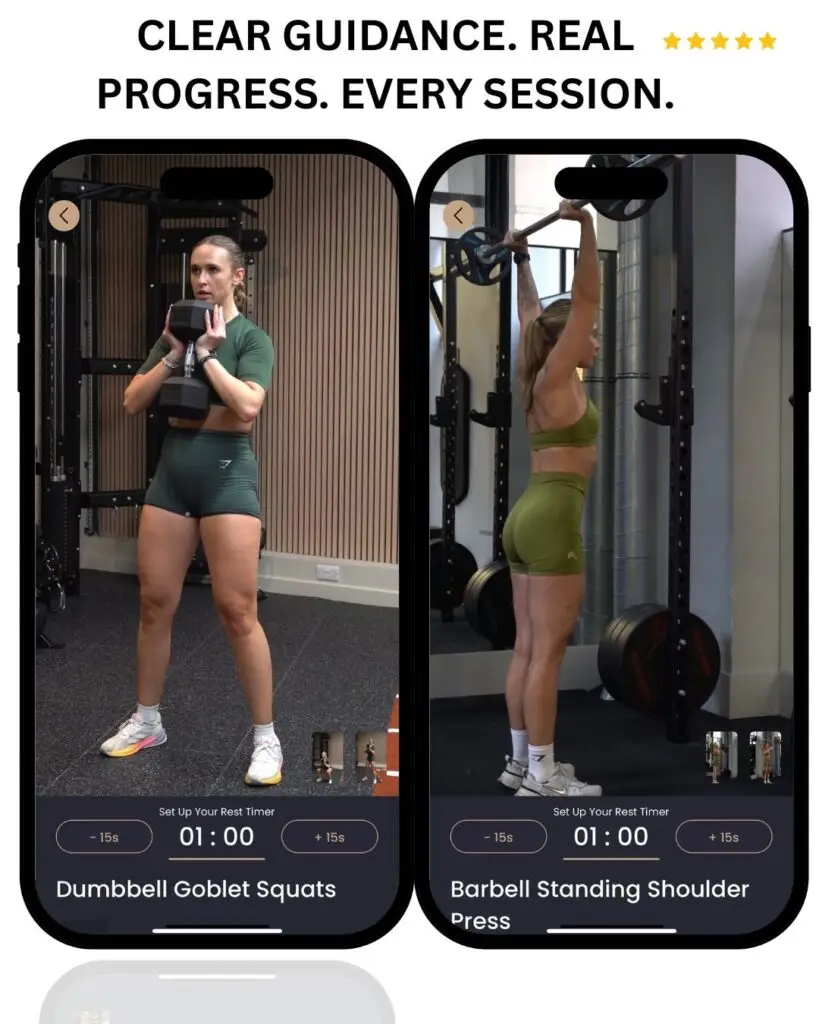
How 12Reps Helps You Master Posture and MMC
This is where the 12Reps app comes in as your ultimate training partner, especially for beginners. I designed 12Reps because I saw firsthand how challenging it can be for new lifters to get their form right and truly connect with their muscles. The app is built to guide you, step-by-step, through these crucial foundational skills.
One of the biggest hurdles for beginners is knowing how to perform an exercise correctly. 12Reps provides clear, high-quality video demonstrations for every exercise in its library. These aren’t just quick clips; they show proper form from multiple angles, highlighting key cues for posture and muscle engagement. This visual guidance is invaluable for learning correct movement patterns and understanding what each exercise should feel like.
Beyond just showing the movement, 12Reps integrates specific form cues into its exercise descriptions. These are the little tips and tricks that I, as a personal trainer, would give you in person. For example, for a squat, it might remind you to “keep your chest up” or “push your knees out.” These cues are designed to help you maintain good posture and activate the correct muscles, directly supporting your development of the mind-muscle connection.
12Reps uses its smart filtering system to create workout plans that are suitable for beginners. This means it starts you with exercises that are easier to master in terms of form and muscle activation. As you progress, the app will gradually introduce more complex movements and increase the challenge, always ensuring you’re building on a solid foundation. This progressive approach is key to developing both good posture and a strong mind-muscle connection without feeling overwhelmed.
Consistently logging your workouts in 12Reps allows you to track your progress. But it also gives you a chance to reflect. After each set, you can think: “Did I feel that in my chest?” or “Was my back straight?” Over time, this consistent self-assessment, combined with the app’s guidance, reinforces the neural pathways needed for a stronger mind-muscle connection. You start to learn what a good rep feels like.
For beginners, confidence is huge. Knowing you have a reliable guide in your pocket, one that shows you exactly what to do and how to do it, can make all the difference. 12Reps empowers you to step into the gym with purpose, knowing you’re performing exercises safely and effectively, which in turn boosts your confidence and makes you more likely to stick with your training journey.
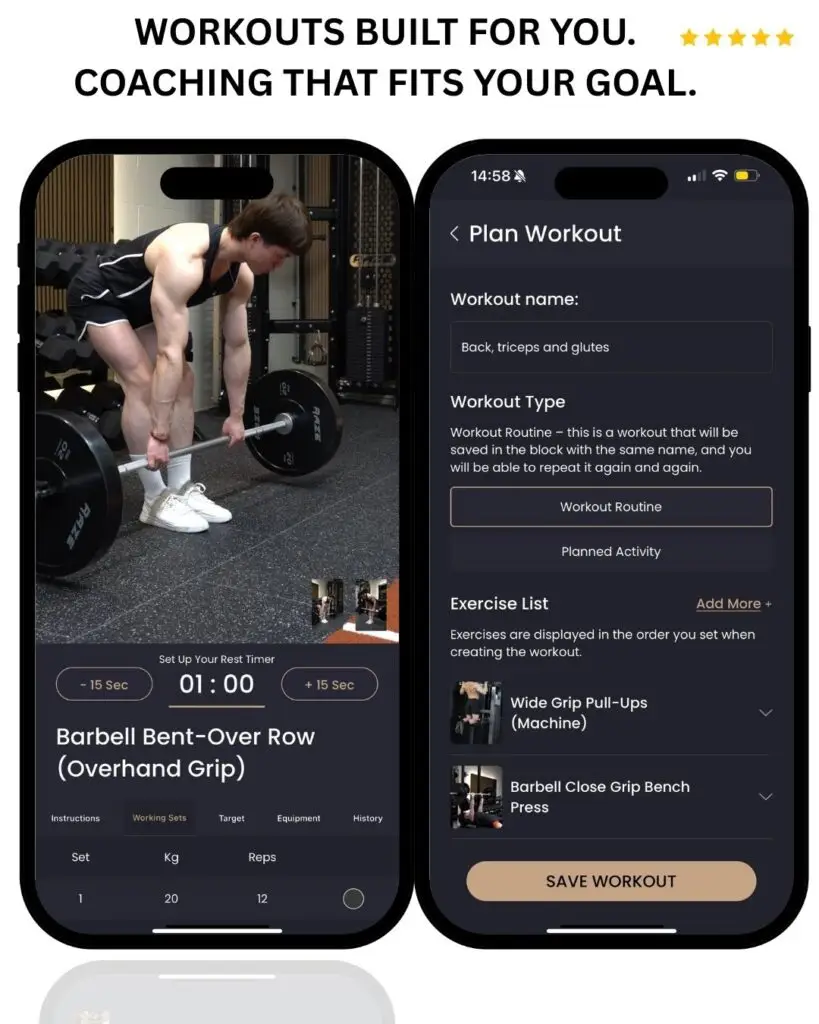
Conclusion: Your Journey from Beginner to Confident Lifter
Starting a strength training journey when you’ve spent years at a desk can feel like learning to walk again. But as a personal trainer with a Sport and Exercise Science background, I can tell you that the challenges of posture and the mind-muscle connection are not obstacles; they are simply skills to be learned. And like any skill, with consistent practice and the right guidance, you can master them.
We’ve seen how crucial good posture is – not just for looking good, but for protecting your body and making your workouts effective. We’ve also demystified the mind-muscle connection, understanding it as a scientific process of improving how your brain talks to your muscles. This isn’t some advanced technique; it’s a fundamental skill that, once developed, will significantly boost your muscle growth and overall strength.
My experience training countless beginners has shown me that patience, focus on form, and a willingness to learn are your greatest assets. And this is precisely where the 12Reps app becomes your invaluable partner. With its detailed exercise demonstrations, smart filtering for beginner-friendly programming, and focus on proper form cues, 12Reps acts as your personal guide, helping you build that essential body awareness and mind-muscle connection.
So, if you’re new to strength training, don’t be discouraged by the initial learning curve. Embrace it. Focus on quality over quantity, listen to your body, and trust the process. With the right approach, and the intelligent support of the 12Reps app, you’ll transform from a desk-bound beginner into a confident, strong, and connected lifter, ready to achieve incredible results. Your journey to a stronger, more capable you starts now.
[1] Schoenfeld, B. J., & Contreras, B. (2016). Attentional Focus for Maximizing Muscle Development: The Mind-Muscle Connection. Strength and Conditioning Journal, 38(1), 14-18. [Link to article if available, otherwise a general search link for the journal/topic: https://journals.lww.com/nsca-scj/Abstract/2016/02000/Attentional_Focus_for_Maximizing_Muscle.3.aspx]

